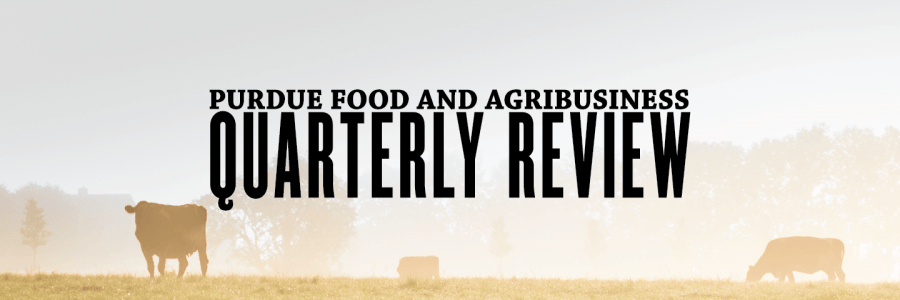Effective market orientation
 Article
Article
Frösén, Johanna ; Jaakkola, Matti ; Churakova, Iya ; Tikkanen, Henrikki. “Effective forms of market orientation across the business cycle: A longitudinal analysis of business-to-business firms.” Industrial Marketing Management 52 (2016): 91-99.
Reviewer
Dr. Scott Downey, Associate Director and Professor
Summary
Economic factors and business cycles affect firm performance. Business-to-business firms often have a strong market orientation because these relationships and their loyalties help preserve business during downturns. This article divides market orientation into three factors: customer focus, competitor focus, and interfunctional coordination. The study shows that market orientation is effective in guarding against downturns. Interfunctional coordination has a positive impact, where competitive orientation can be detrimental. The researchers compared different kinds of firms—those focused on manufacturing products, those focused on information, and those focused on service. Market orientation was most important for service businesses.
What this means for agribusinesses
Most of will remember from college marketing classes that there are different types of orientations that companies can have when it comes to marketing. They can focus on manufacturing or production (efficiency), products (quality), sales (revenue), or markets (satisfaction). Profit is a motive with each approach, but it has been fairly consistently shown that market orientation in most industries results in higher profits.
This article from Finland looked at marketing orientation in some pretty unique and relevant ways for food and agribusinesses. First, they built on research that breaks market orientation down into the three components, then they looked at companies with different value propositions, and finally, they looked at how companies performed during good and bad economic times. They looked at the same companies in two timeframes that gave them a good comparison. The usual caveats apply here – the research wasn’t in North America and wasn’t specific to food or ag companies, so maybe some of this won’t apply to every company, but it was pretty solid research in a respected journal.
Food and agricultural businesses tend to be pretty operationally focused, which is really a production-oriented approach. In recent years there has been more focus on revenue, but relationships are still very important and drive much of what we do in our industry. If pressed, I would suspect that our industry is primarily a production-oriented one that has been in a long transition toward being more market oriented. What market orientation means varies by company, though, so having the three components clearly identified is important.
Customer oriented is defined here as having a shared set of beliefs with customers and putting their interests first. That’s a tall order. The authors go on to say it’s about constantly scanning the marketplace and individual customers to understand how their needs are changing. We don’t generally do this very well. It would mean listening intentionally—looking at data about what we are learning from individual customers and aggregating it so that it can be compared over time. Most salespeople in our industry struggle to write anything down after a sales call other than what they must follow up on (which is the most important thing after all). So this is yet another cry for getting us all to fill out call reports in our CRM systems.
Competitor oriented is defined as a strong sense of our competitors’ strengths, weaknesses, capabilities and strategies. I think we do this one really well on the agricultural side. It’s harder on the food side because that industry is more fragmented in some cases.
Interfunctional coordination seems like business jargon, but means stronger connections between business functions. That means things like making sure that marketing and finance are on the same page in terms of prioritizing customers. It means making sure marketing efforts and sales are aligned. Given the importance of channels in both food distribution and the ag supply businesses, I think that’s the toughest one. Every manufacturer creates product-level and sometimes brand-level messages. When a dealer or agricultural retail salesperson tries to carve out their own perceptions at the same time, as they should, it’s easy to get lost or get them crossed.
There were some specific outcomes that those who are most interested can read about in the article, but one of the key takeaways for me was that regardless of the business cycle, a strong customer orientation was a component of every profitable scenario. This reemphasizes the importance of looking at data on how customers behave and listening to what salespeople are learning in intentional ways.
RELATED POSTS:
A great moment for value-based sales in agribusiness
Value-based sales can empower companies to craft compelling value propositions, understand the customer’s business model and effectively communicate to stakeholders.
How can big data empower the development of new products?
Data is one of the most powerful resources for a company. It enables accurate decision-making and minimizes risk, ensuring greater revenue and sustainable growth.
Unlocking Growth: Exploring innovation dynamics in the agrifood sector
The future for the agrifood sector appears promising, driven by technological advances, strategic M&A activity and a growing commitment to innovation.

